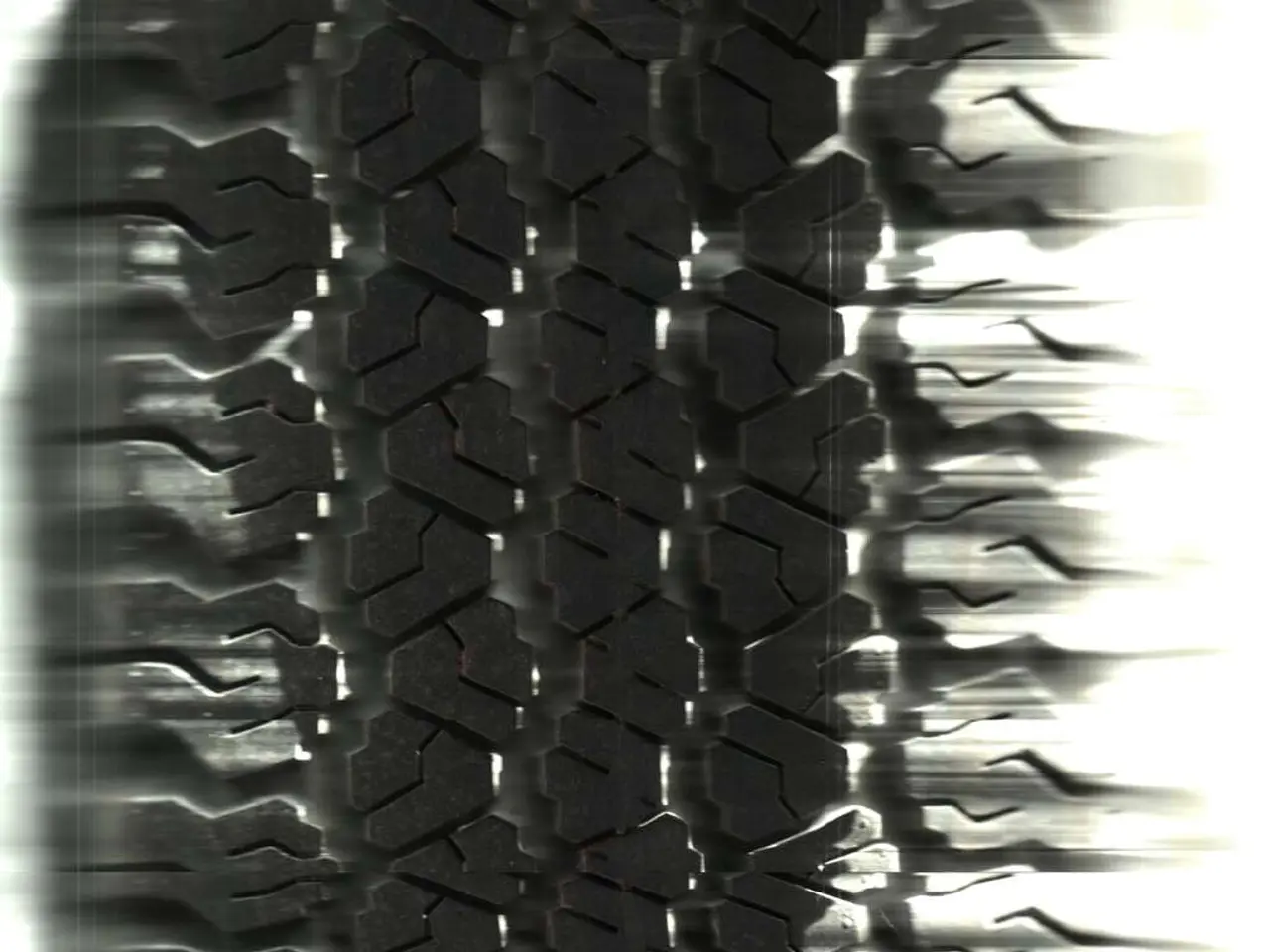Guide to Conforming a Deep Classification Model for Images
In the ever-evolving world of machine learning, ensuring the stability and calibration of deep neural networks (DNNs) is crucial for accurate predictions, especially when dealing with complex datasets like the MNIST dataset of handwritten digits. This article outlines the steps to implement Conformal Prediction (CP) for mitigating instability and poor calibration in DNNs using Julia.
Key Steps
- Train a Deep Neural Network on MNIST Utilise Julia frameworks such as Flux.jl to train your DNN classifier on the MNIST dataset. This model should output class probabilities (e.g., softmax scores).
- Define a Nonconformity Score For each training example, compute a nonconformity score that measures how "strange" a sample is relative to the model's prediction. A popular choice is: where is the predicted probability for the true label .
- Split Your Data for Calibration Divide your labeled data into three sets:
- Training set (to fit the DNN)
- Calibration set (to generate nonconformity scores)
- Testing set (to evaluate the model and conformal sets)
- Compute Calibration Nonconformity Scores After training, run the model on the calibration set. For each calibration example, calculate its nonconformity score as above and save these scores.
- Construct the Conformal Prediction Sets For a new test image , compute the predicted probabilities for each possible label , then calculate the nonconformity score for each candidate label: Include label in the predictive set if: where is the -quantile of calibration nonconformity scores, ensuring marginal coverage .
- Result: Valid Prediction Sets with Coverage Guarantees The output is a set of labels (conformal set) — if it contains multiple labels, uncertainty is acknowledged. This approach inherently mitigates instability and poor calibration by providing statistically valid prediction regions rather than point predictions.
Example Snippet Outline in Julia using Flux.jl and MNIST
```julia using Flux, MLDataUtils, Statistics
trainX, trainY = ... # training data calibX, calibY = ... # calibration data testX, testY = ... # test data
model = Chain(Dense(784, 128, relu), Dense(128, 10), softmax) loss(x, y) = Flux.crossentropy(model(x), y) opt = ADAM()
calib_scores = [1 - model(calibX[:, i])[calibY[i]] for i in 1:length(calibY)]
function conformal_set(x_new, calib_scores; epsilon=0.1) Q = quantile(calib_scores, ceil(Int, (1 - epsilon)*(length(calib_scores)+1))/(length(calib_scores))) scores_y = [1 - model(x_new)[y] for y in 1:10] return [y for y in 1:10 if scores_y[y] <= Q] end ```
This approach is based on split conformal prediction, which is distribution-free and provides finite-sample guarantees on coverage by design. The method guards against instability and miscalibration in DNN outputs by offering set-valued predictions with a guaranteed error rate, instead of relying on potentially overconfident point predictions. Julia’s Flux framework supports efficient training of neural networks and integration for calibration computations.
While the above is tailored for MNIST, conformal prediction is applicable to other datasets and domains requiring calibrated uncertainty. More complex variants, such as adaptive or full conformal methods, exist and improve efficiency or apply to online settings if needed. Related literature addresses threats like data poisoning on CP but this does not affect the core implementation steps for typical image classification.
In the implementation of Conformal Prediction for stabilizing and calibrating Deep Neural Networks (DNNs), Julia's Flux.jl framework is utilized to train DNN classifiers on complex datasets like MNIST, emphasizing the role of data-and-cloud-computing in this process. Leveraging artificial-intelligence, the trained DNN models produce class probabilities, which are integral in calculating nonconformity scores to mitigate instability and poor calibration.




